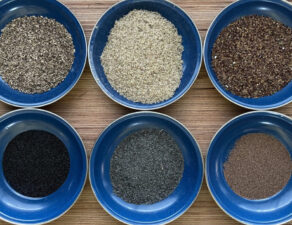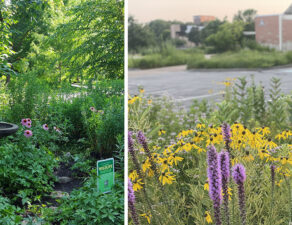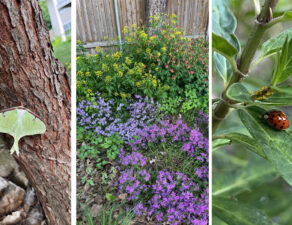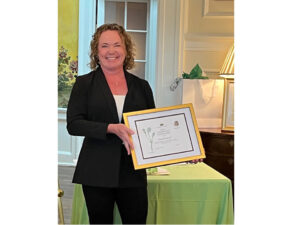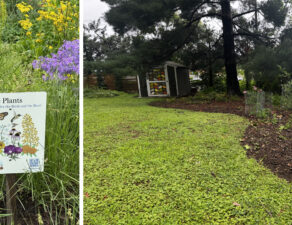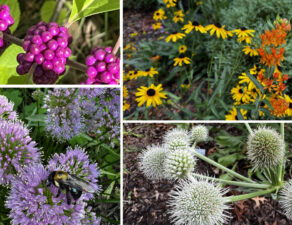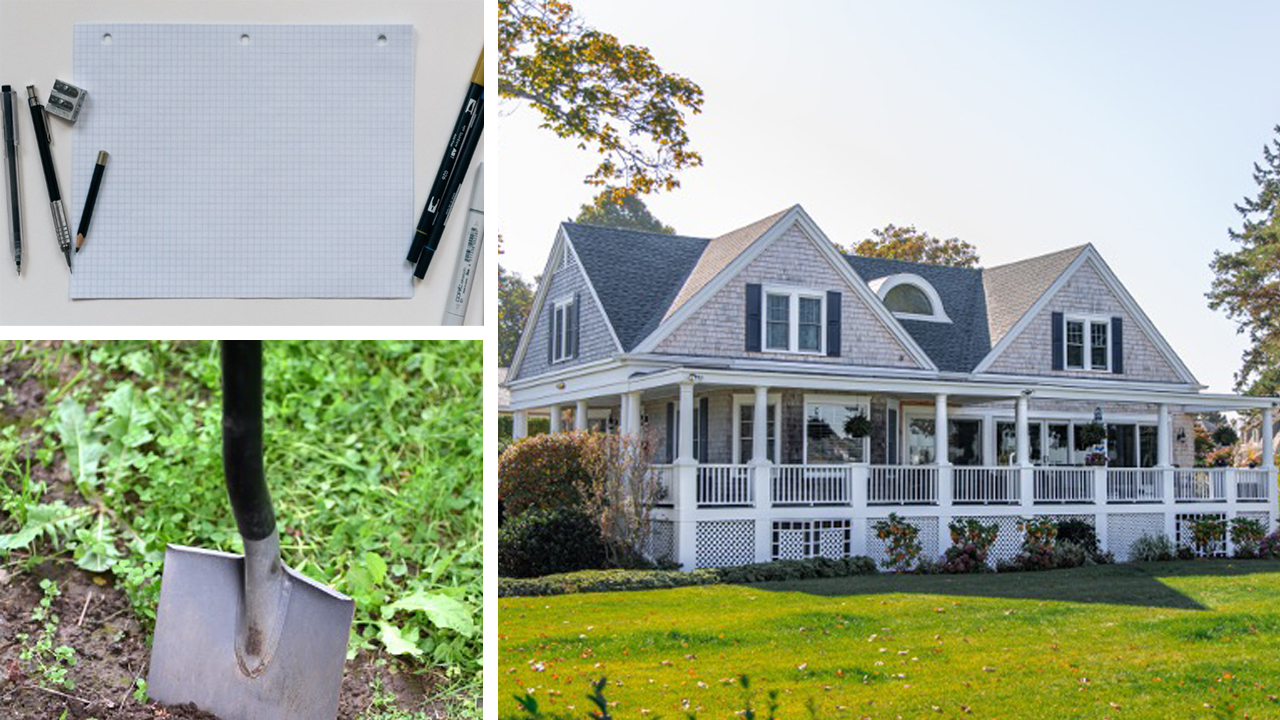
By Sarah Beier
As the saying goes, “If you fail to plan, you’ll plan to fail.” If you want to start a new garden, make sure you take time to do a thorough site assessment as part of your planning. This will help set your new project up for success, all before you even head to the nursery.
When considering a new garden, make sure you keep the size realistic for your time, energy, and resources. You can always expand the garden later. You might even choose to create a master plan for all the future planting areas on your property. In any case, the first step is to make a sketch of the area you’d like to assess.
First, draw the location of the home and any additional structures. Include patios, paths, sidewalks, and driveways. Next add any existing trees and shrubs that you intend to keep. After the major outlines, mark your utilities – both overhead and below ground. Call 811 to request utility surveys – what you find out may surprise you. When it comes to digging around buried utilities, it’s always better to be safe than sorry.
Once that’s complete – the fun part begins. Devote at least a few days, or even a full season to observe the patterns of sunlight in your space. Take photos and make notes in the morning, at noon, and in the evening. Try to estimate how many hours of sunlight each area gets, including at what time of day. Afternoon sun is more intense than morning sun – and this difference affects plants.
Next, you’ll need to understand how water moves through the site. Observe where water flows and pools during rain. Dig around a bit and see what the soil is like. Squeeze a handful: If it stays clumped together it’s moist, if it falls back apart, it’s dry. Consider how long it has been since the last rain or watering to put your observations in context.
Finally, consider your goals, lifestyle, and desires for the garden. Picture yourself walking through your future planting. How do you see yourself using the space? Are there unsightly elements you’d like to obscure, or features you want to highlight? Are there spaces for entertaining, vegetable gardens, or for kids to play?
Once you’ve made a thoughtful plan, you can prepare the site. First, outline the borders of the new bed. Lay out a garden hose or coil of rope to mark the shape of the bed or use stakes and string for a bed with straight edges.
There are several options for removing existing vegetation. It’s worth spending some time researching the pros and cons of each one. For most small to medium sized gardens the cardboard and compost method works very well.
First, lay cardboard down over the existing lawn, making sure to overlap edges by six inches or so. Thoroughly wet the area or wait for the next rainstorm. Next, spread a layer of compost two-three inches deep over the cardboard. You can plant into the compost while the cardboard smothers the existing plants. Over time the cardboard layer will degrade, assisted by the growing plant roots and the microorganisms in the soil.
Want to learn more about “Planning Your Native Plant Garden”? Take a moment and watch episode two of the Beginner/Refresher Native Plant Gardening Webinar Series. It is a five-part series that stresses the importance of native plants. It will let you know how to get started and maintain a native plant garden. Stay tuned as over the next few months we will provide a synopsis of each episode. You can view each episode in its entirety on the Deep Roots website.
